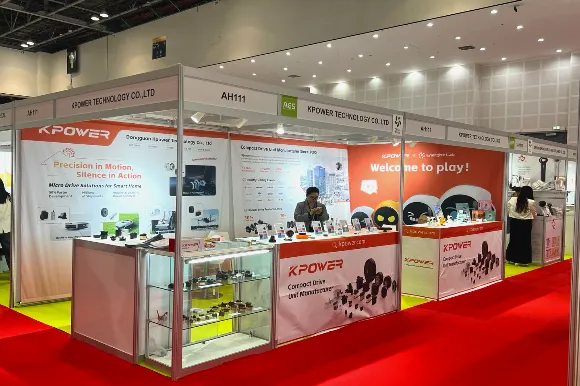Imagine building a sprawling e-commerce platform where every feature—payment, user profiles, product catalog—runs smoothly without tripping over itself. That's where a well-structured microservices architecture in Java shines. It's not just a buzzword; it's a game-changer for scaling, maintaining, and innovating quickly. When you talk about microservices, you're really talking about breaking down a monolithic beast into manageable, independent chunks.

Take a typical set-up—services like user-authentication, order-processing, inventory management, and notification systems. They all communicate, but each has its own space, its own database, its own rules. This separation means updates or new features won't cause the entire system to crash. It’s like swapping out a tire on a car versus rebuilding the whole engine. With Java, you’re equipped with a robust ecosystem: Spring Boot makes creation straightforward and fast, while Spring Cloud helps orchestrate communication and load balancing across services.
Now, what makes Java a top choice in microservices? For starters, its performance. Java’s got this firepower built in. Its concurrent processing abilities mean your services can handle multiple tasks without breaking a sweat. Plus, the extensive library support and community backing make troubleshooting and scaling smoother. If you’ve ever tried to patch up a brittle codebase, you’ll appreciate Java’s reliability.
Here’s a question: how do you ensure these microservices stay in harmony? That’s where container orchestration tools come into play. Kubernetes, for example, keeps your services up, running, and adapting as demand fluctuates. You want your app to be responsive during a sales rush? No problem. Microservices in Java combined with container tools create a resilient, flexible system.
But it's not just about technology. You need a strategy for deploying and maintaining these services. CI/CD pipelines automate updates, making releases faster and less error-prone. Monitoring tools—think Prometheus or Grafana—give you real-time insights. You're not flying blind anymore; you see bottlenecks or failures before they turn into fires.
Here's a secret: a well-implemented list of microservices in Java isn’t just about tech. It’s a mindset shift. It’s about designing for change, for growth, for resilience. There's something satisfying about knowing every piece can grow or evolve independently. It’s like having a garden where each plant gets its own attention but still contributes to the whole.
If you’re pondering the right setup for your project, ask yourself: Do I need scalability? Do I want easier maintenance? Are rapid deployment cycles a priority? Answers to those questions help carve the path forward. Microservices aren't just a way to code; they’re a way to think about systems in a more agile, modular manner.
In the grand scheme, mastering a list of microservices in Java isn’t just technical mastery—it’s about transforming how you build, adapt, and conquer new business challenges. Because in a world that’s always changing, your architecture should be ready for anything.
Established in 2005, Kpower has been dedicated to a professional compact motion unit manufacturer, headquartered in Dongguan, Guangdong Province, China. Leveraging innovations in modular drive technology, Kpower integrates high-performance motors, precision reducers, and multi-protocol control systems to provide efficient and customized smart drive system solutions. Kpower has delivered professional drive system solutions to over 500 enterprise clients globally with products covering various fields such as Smart Home Systems, Automatic Electronics, Robotics, Precision Agriculture, Drones, and Industrial Automation.




































